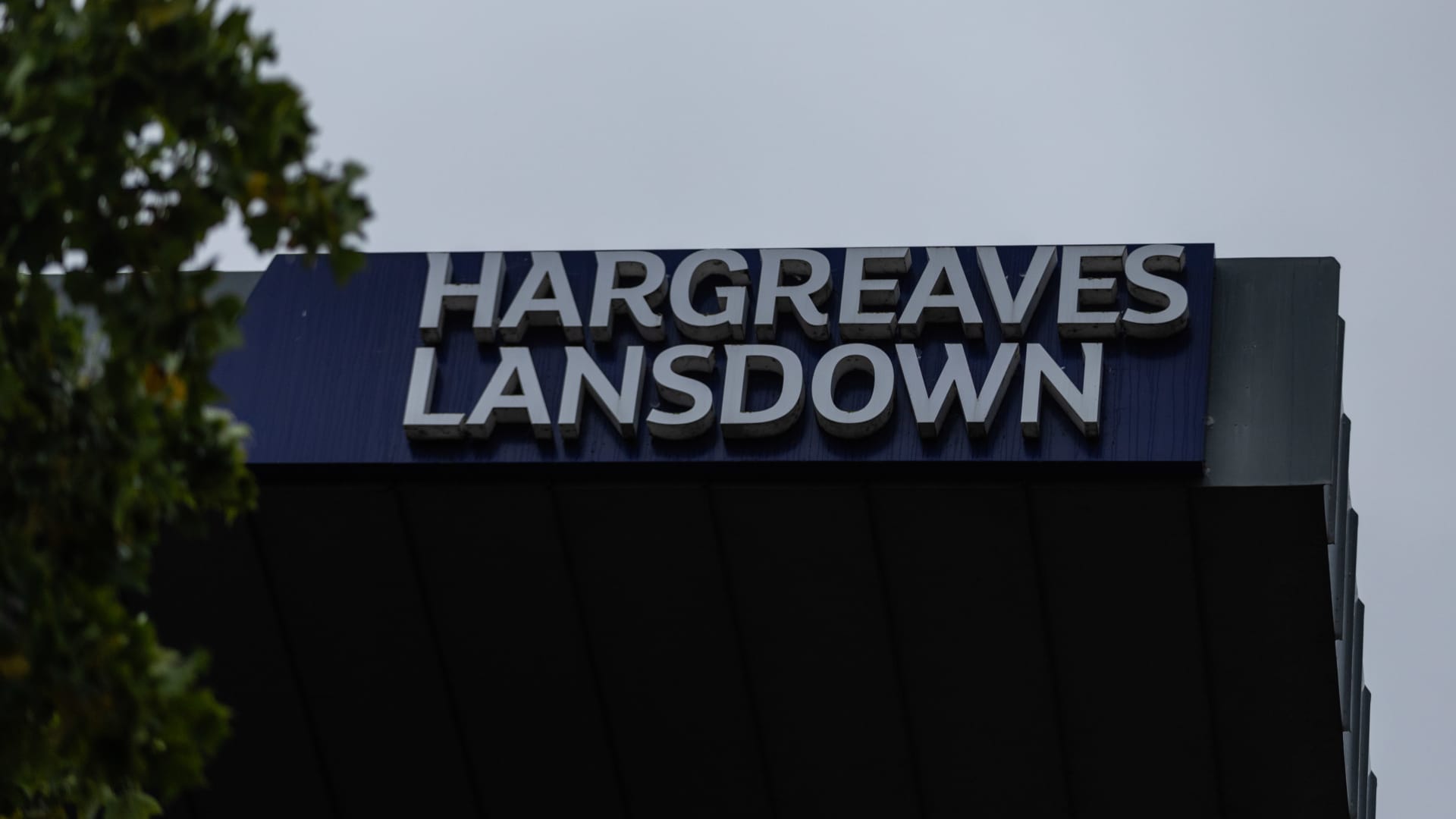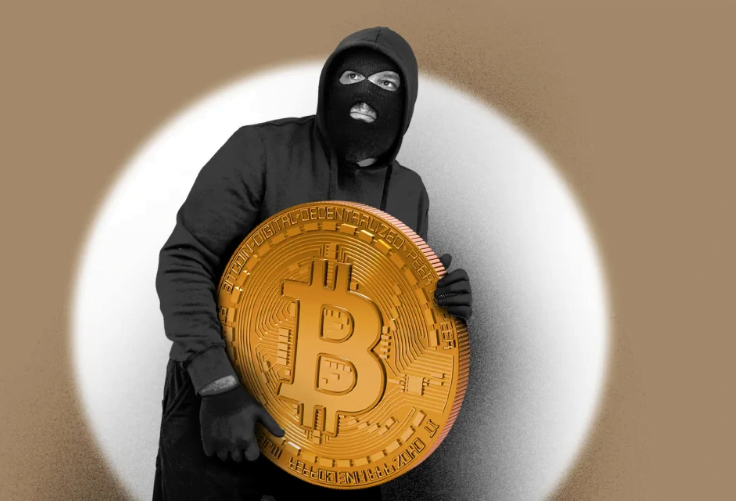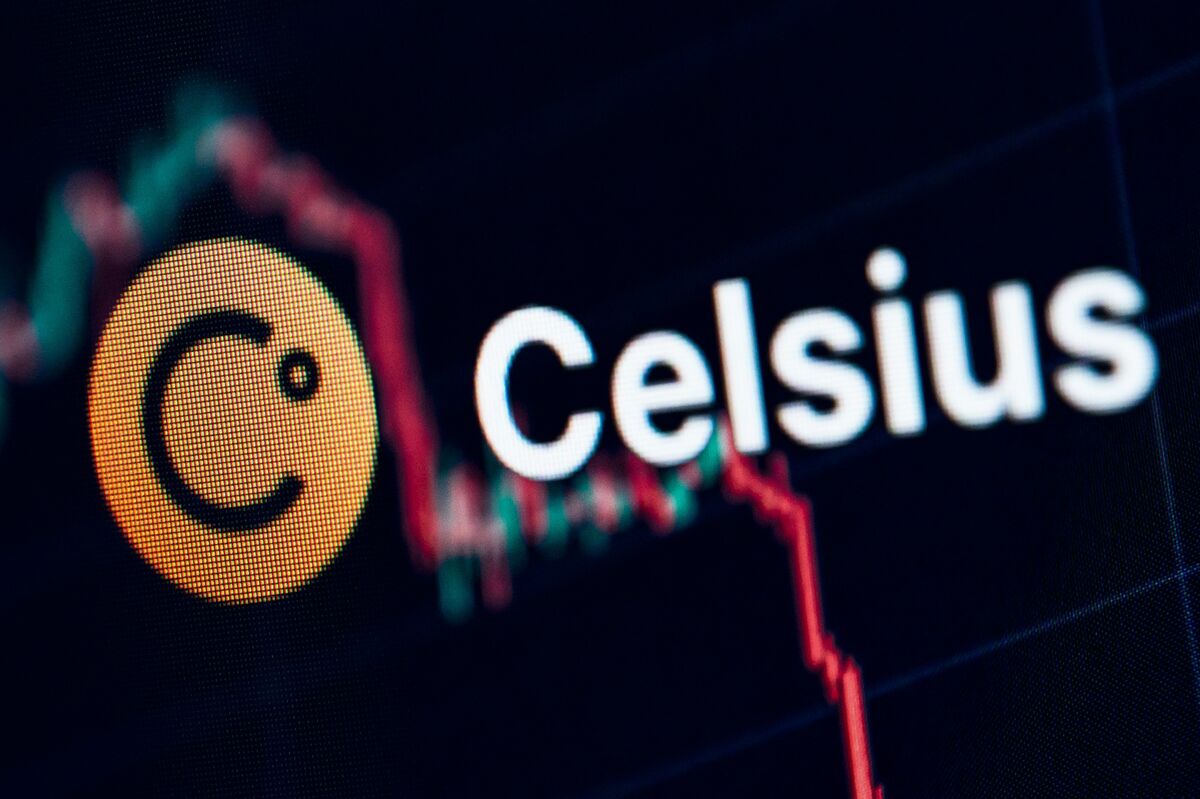Solana, a public blockchain known for its high transaction speeds, is again under scrutiny. After challenges around reliability in the past years, analysts are now highlighting another concern.
Solana Facing New Transaction Processing Challenges
Taking to X, one user said the network has alarmingly high transaction failure rates. This performance problem, the analyst added, tends to significantly impact user experience, watering down the network’s benefits, mostly centered on low gas fees and high scalability.

Sharing transaction data from Jupiter, a DEX aggregator on Solana, paints a worrying reality. For every 24 hours, the analyst noted, only 35% of all transactions posted go through. This means that a majority, roughly 65%, are not processed.
The analyst further expounded that the situation is even more severe, as analyzed over the last month. Some days, the analyst observed that the transaction failure rate could exceed 80%. At this rate, and on those days, only two are confirmed out of ten transactions posted on Solana.


The low transaction success rate comes even though Solana supporters point to the high transaction processing speed, which is way better than Ethereum and Bitcoin. If the success rate is anything to go by, the analyst said this statistic could be misleading since it considers all the failed transactions.
For this reason, the higher TPS is false and only inflates Solana’s on-chain performance. This position is because Solana, in light of the high failure rate, considers failed transactions as successes, creating a false image of the platform’s capabilities.
Whenever transactions fail to go through, user experience is negatively impacted since users must pay fees for every posted transaction. In essence, this means Solana penalizes users for using the network.
Will Interested Financial Institutions Like Visa Back Off?
The situation worsens because Solana attracts bots that flood the network with low-fee transactions. This translates to a high failure rate for regular users who fail to optimize their gas fees accordingly by paying more.
The analyst added that Solana’s high transaction failure rate may even see major financial institutions, like Visa, re-assess their decision. If they choose to deploy in Solana, users accustomed to traditional payment rails’ reliability and high processing speeds may be hesitant to adopt the technology.
Though the high failure rate indicates high demand, Solana is plagued by other problems. Recently, the Solana Foundation banned over 30 validators from their subsidy program, accusing them of enabling Miner Extractable Value (MEV) bot activity.
Feature image from Canva, chart from TradingView















